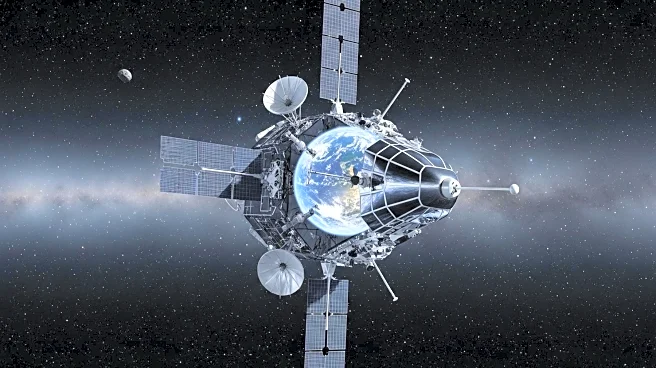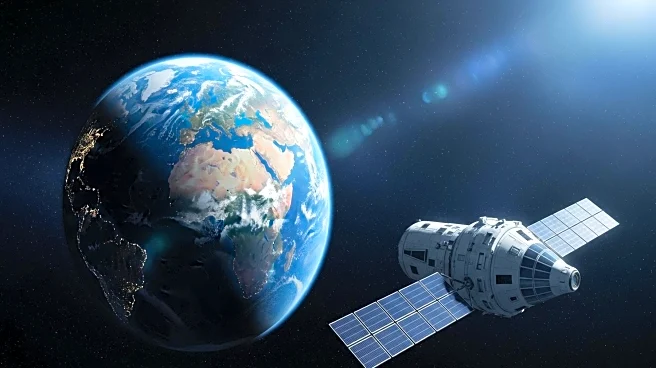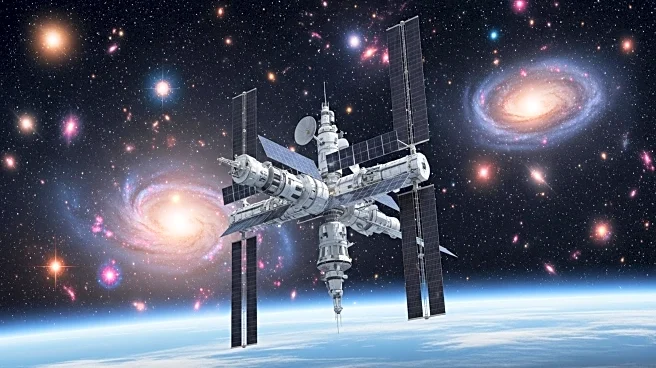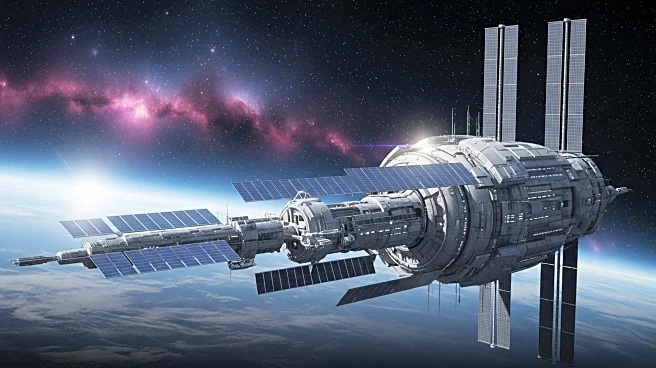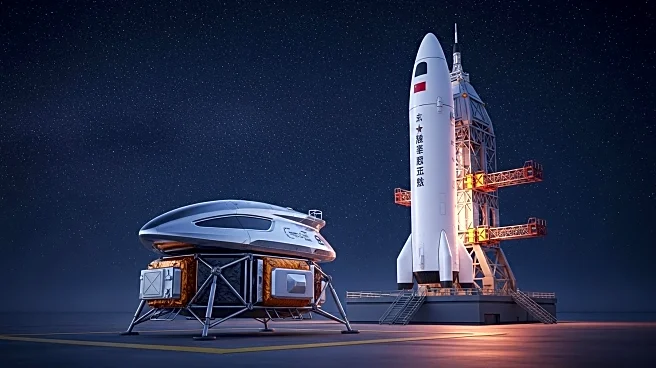What's Happening?
China's Tianwen 2 spacecraft has successfully captured and transmitted images of the Earth and the moon from a distance of 367,000 miles (590,000 kilometers). The images were shared by China Central Television (CCTV) and edited by Steve Spaleta, showcasing the spacecraft's capabilities in space exploration. This development marks a significant achievement in China's space program, highlighting its growing expertise and ambition in extraterrestrial exploration. The Tianwen 2 mission is part of China's broader efforts to advance its space technology and establish a presence in space exploration, following previous missions that have targeted the moon and Mars.
Why It's Important?
The successful capture and transmission of images by Tianwen 2 underscore China's expanding role in global space exploration. This achievement not only demonstrates China's technological capabilities but also positions it as a formidable player in the space race, potentially influencing international collaborations and competition. The imagery provides valuable data for scientific research and could contribute to future missions aimed at understanding celestial bodies. As China continues to invest in its space program, it may drive advancements in technology and inspire other nations to enhance their own space initiatives, impacting global scientific and technological progress.
What's Next?
China's space program is expected to continue its trajectory of growth and innovation, with future missions likely to focus on deeper space exploration and potential collaborations with other countries. The success of Tianwen 2 may lead to increased investment in space technology and further development of spacecraft capable of more complex missions. Additionally, China's achievements could prompt other nations to accelerate their own space exploration efforts, potentially leading to new partnerships or competitive dynamics in the field of space exploration.
Beyond the Headlines
The implications of China's advancements in space technology extend beyond scientific exploration. As China strengthens its capabilities, it may influence geopolitical dynamics, with space becoming a new frontier for international competition and collaboration. The technological innovations developed through these missions could have applications in other industries, driving economic growth and technological advancement. Furthermore, China's success in space exploration may inspire a new generation of scientists and engineers, fostering educational and career opportunities in STEM fields.

